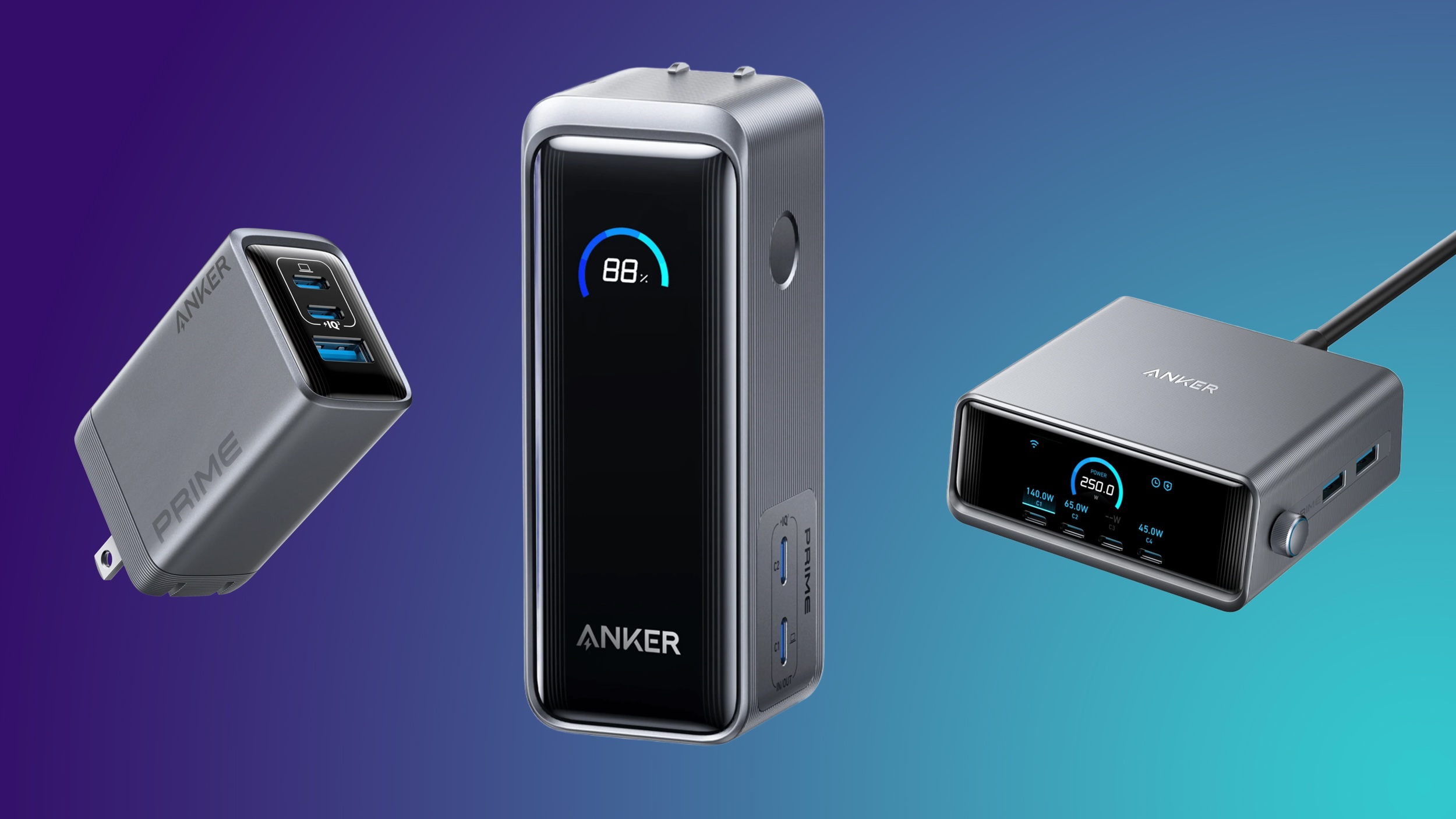I have been using anker products for a long time now, but definitely agree with everybody’s comments that they have become way overpriced.
…That’s a reach to conclude when Anker merely released their updated highest end tier of products today which absolutely and unapologetically isn’t for budget conscious people nor the first place to ever look for value for an average person.
That’s like lining up for a debut of a new Porsche Teycan or 911 when you traditionally have the budget of a user of a Porsche Maycan, Honda Civic, or Tesla Model 3—and willing to buy such class of cars used to pay as little for a car.
Anker today released products for prosumers and above—not people hoping for price breakthroughs for more accessible access of their most regarded features across several device categories.
Their Prime lineup of power/battery products for some time now towards notable product design awards emphasizes design and innovations for invaluable high-end power/battery product use cases.
Like Hoto and others, Anker has long saturated budget segment with good products for them to upgrade to tiers of power/battery like their Prime series someday they’re merely emphasizing more today with new upgrades.
It makes sense since that segment that next few months has the biggest projected ROI with highly anticipated I/O standards such as Thunderbolt 5 and USB 4 V2 are debuting to the market unapologetically benefiting primarily prosumers and up.
The electronics that benefit the most from the Prime series of Anker products are absolutely not for average people.
Anker are showcasing the charging performance with the use of Macbook Pros with Pro/Max CPUs and various other prosumer equipment.
The in-the-moment information via the OLED screens and etc of the Prime series are more applicable to productive users of technology not applicable to the average person.
It’s invaluable luxuries such as these that justify the costs of the Anker Prime series and the undisputed success by product design bodies toward then the awards they’ve received—not creatively making their products as cheap as possible for what they offer.
They’ve reached a point they can merely discount older stuff to eventually have some suitors of the budget category decide to finally buy their award winning products.
That’s a more than reasonable strategy to go then competing merely on price or being a price loss leader with vey little margins to do interesting and innovative things in the device categories they do business in that easily be pursued by competitors—especially in counties with manufacturing workforce cost advantages that make competing solely on price very hard to sustain.
Good, cheap, fast: You typically can’t have all three.



